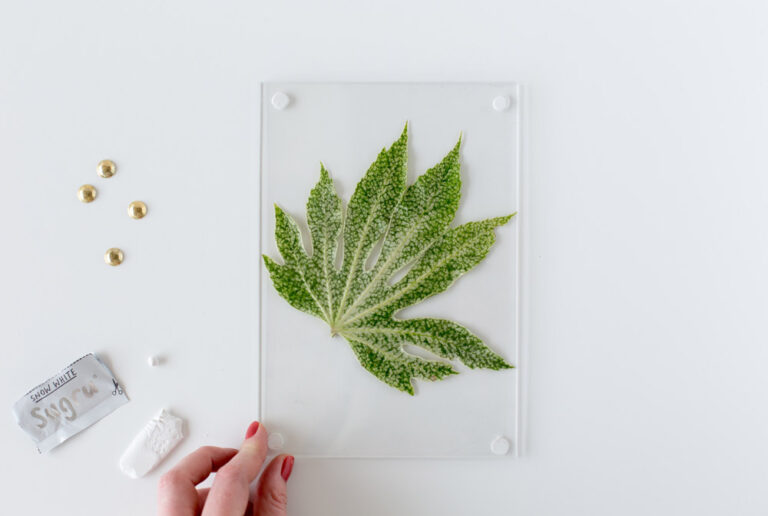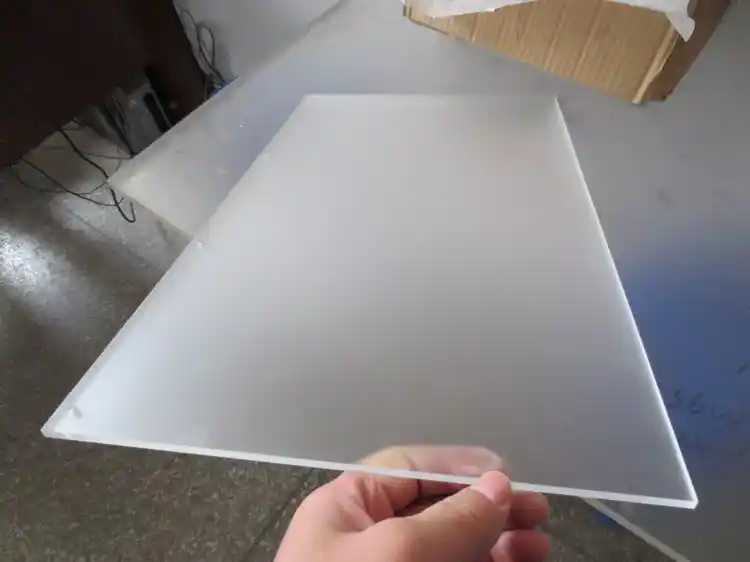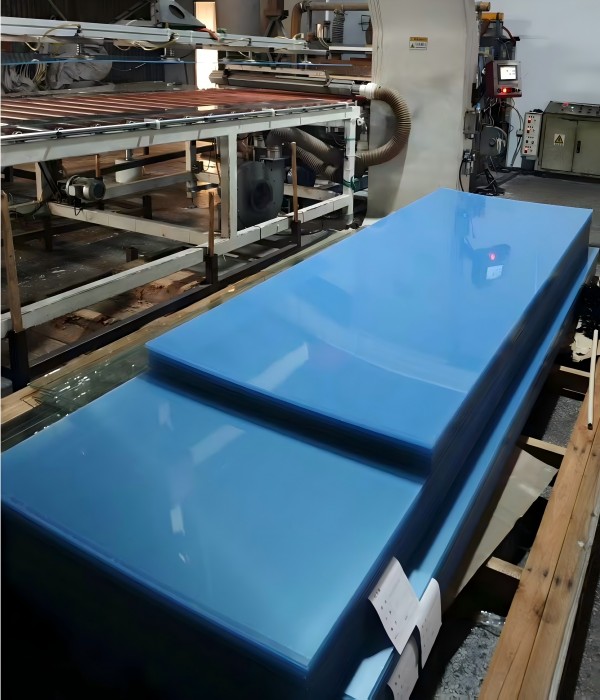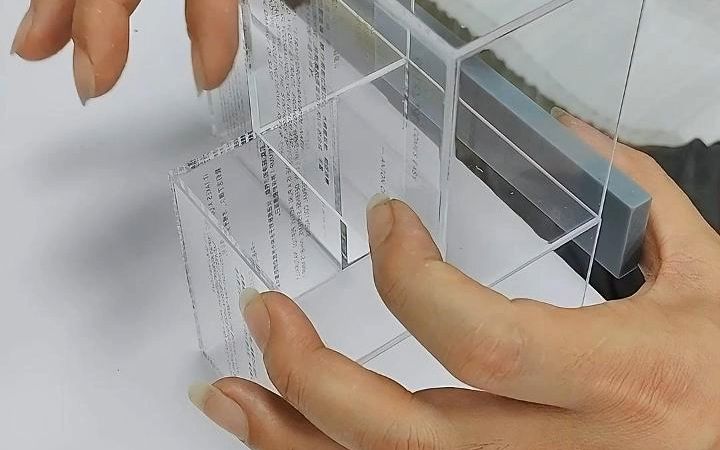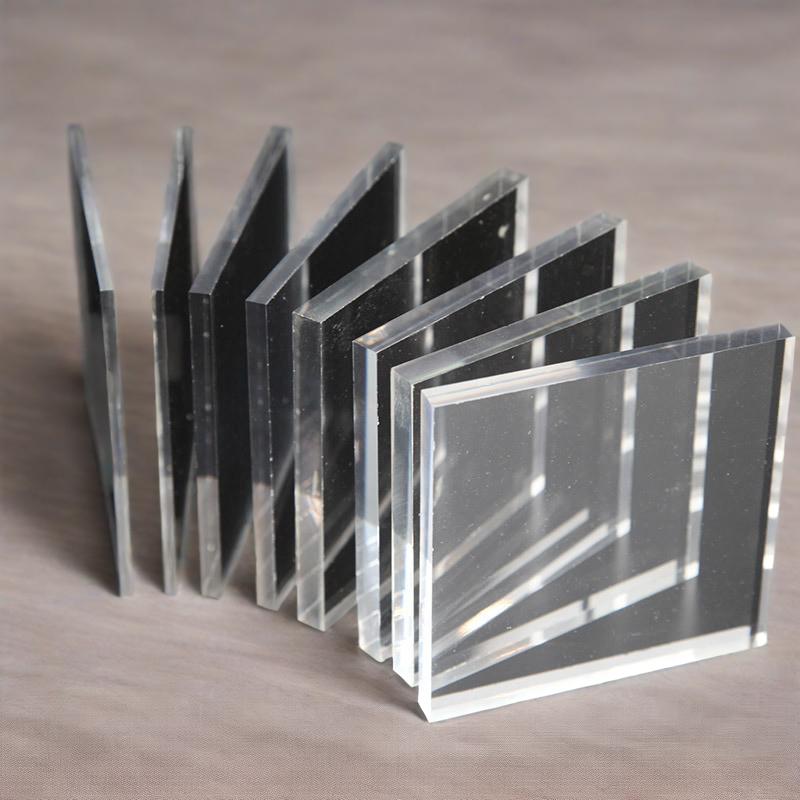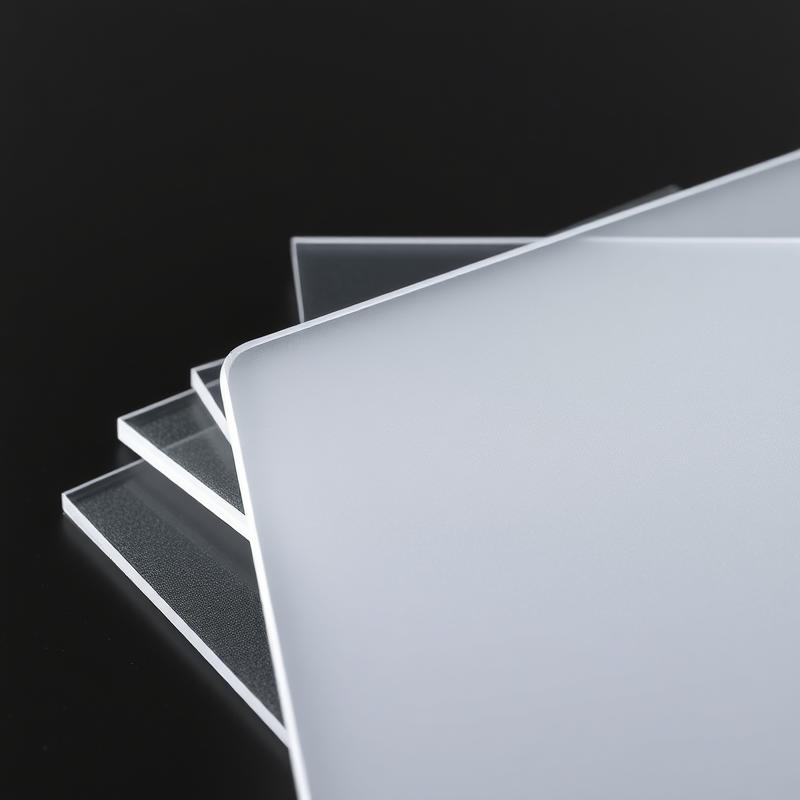-
Xinqi Development Zone, Leliu, Foshan, Guangdong
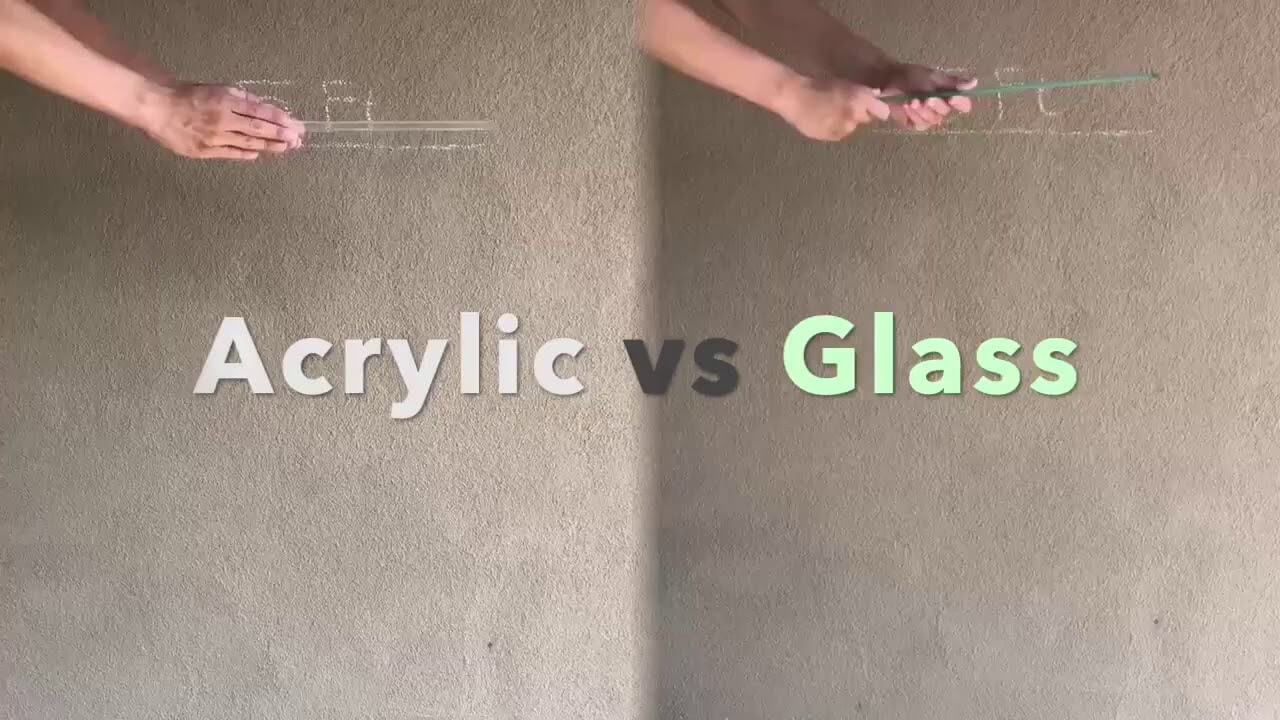
Why Does Acrylic Display Cabinet Beat Glass?
Retail Industry Research Report points out that the global high-end display cabinet market will exceed US$24 billion in 2027, of which acrylic materials account for 27%, and are rapidly replacing traditional glass materials. What kind of industry changes are hidden behind this data? This article will deeply analyze the five revolutionary advantages of acrylic display cabinets and reveal why it has become the preferred solution for modern commercial displays.

1. Safety Revolution: A Protective Barrier with 300% Improved Impact Resistance
Core data: According to the American Society for Testing and Materials (ASTM) test, the impact strength of acrylic is 17kJ/m², which is 3.4 times that of ordinary glass (5kJ/m²) (Source: ASTM International).
In the crowded Apple Store on Fifth Avenue in New York, more than 80% of the display cabinets have been replaced with acrylic. This material will not burst into dangerous fragments when hit, but will show a network of cracks. The case of the cultural relics display cabinet transformation of the V&A Museum in London shows that the annual loss rate of exhibits has dropped by 63% after switching to acrylic sheet.
Comparative experiments show that when a 5kg weight falls from a height of 2 meters, the glass display cabinet has a 100% shattering rate, while acrylic only produces a slight dent (see the YouTube Experiment Channel for the test video). This is the fundamental reason why Disneyland fully adopts acrylic to display toys.
2. Cost Revolution: 40% Operating Cost Savings Over the Entire Life Cycle
Economic model: According to a study by Boston Consulting Group, the 5-year comprehensive cost of acrylic display cabinets is 38.7% lower than that of glass, mainly from three aspects:
- Transportation costs are reduced by 52% (density 1.18g/cm³ vs glass 2.5g/cm³)
- Breakage rate drops from 19% to 3%
- Maintenance frequency is reduced by 67%
Comparative tests of shops in Ginza, Tokyo show that the average annual replacement cost of glass display cabinets is $1,200/㎡, while acrylic only costs $280/㎡. More importantly, acrylic supports modular transformation. Harrods Department Store in the UK saves $4.5 million in annual budget by transforming old display cabinets instead of replacing them as a whole (Source: Retail Gazette).
3. Optical Revolution: Transparent Guardian with 0.5% UV Blocking Rate
Optical Performance Comparison:
| Index | Acrylic | Glass |
| Transmittance | 92% | 89% |
| UV Blocking Rate | 99.5% | 40-70% |
| Refractive Index | 1.49 | 1.52 |
(Data Source: Optical Materials Express)
Empirical research by the Swiss Watch Museum shows that under the same lighting environment, the fading speed of watch movements in acrylic display cabinets is 4 times slower than that of glass display cabinets. This is due to its UV blocking technology, as the 3M Optical Laboratory report pointed out: “Acrylic materials can filter more than 99% of harmful light waves below 400nm.”
4. Design Revolution: Achieve Any Curved Surface Modeling in 72 Hours
Processing advantages:
- Hot bending forming temperature: 160℃ vs. 700℃ for glass
- Minimum bending radius: 3mm vs. 50mm for glass
- Modeling cycle: 3 days vs. 21 days for glass
The spiral jewelry display cabinet in Dubai Mall uses the thermoplasticity of acrylic to achieve a suspended modeling with a wall thickness of 0.8mm. The creator of the Milan Design Week award-winning work “Ring of Time and Space” admitted: “Glass requires a complex process of mold casting, but acrylic can be quickly realized with laser cutting + hot bending” (see Designboom for details).
5. Environmental Revolution: Sustainable Choice with 60% Reduced Carbon Footprint
Life Cycle Analysis:
- Production Energy Consumption: Acrylic 2.8kWh/kg vs. Glass 4.3kWh/kg
- Recycling Rate: Acrylic 100% can be hot-melted and recycled vs. Glass 30% Recycling Rate
- Transportation Emissions: 54% Carbon Emissions Reduced at the Same Volume
IKEA’s 2025 Sustainability Report disclosed that after fully switching to acrylic display cabinets, the annual carbon reduction of a single store is equivalent to planting 730 trees (data verification see: EPA Carbon Calculator). More noteworthy is that VOC emissions during the acrylic production process are 83% lower than glass manufacturing, which is crucial for commercial spaces pursuing LEED certification.
Industry application panorama
- Luxury retail: LV store acrylic bag cabinet customer flow increased by 23%
- Museum: British Museum fragile textile display cabinets are 100% acrylic
- Medical display: Johnson & Johnson uses antibacterial acrylic to display surgical instruments
- E-commerce live broadcast: TikTok anchors prefer acrylic rotating display stands
Decision matrix: When to choose acrylic?
| Scene | Acrylic Advantage Index | Glass Applicability |
|---|---|---|
| High-frequency contact environment | ★★★★★ | ★☆☆☆☆ |
| Customized styling requirements | ★★★★★ | ★★☆☆☆ |
| Long-term outdoor display | ★★★★☆ | ★☆☆☆☆ |
| Ultra-high-end antique display | ★★☆☆☆ | ★★★★☆ |
Conclusion: From the Manhattan Apple Store to the Louvre special exhibition, acrylic is redefining the aesthetics of display. It is not only an upgrade of materials, but also an innovation of business logic – to achieve brand value delivery in a safer, more economical and more flexible way. When your competitors are still using outdated glass display cabinets, this may be a strategic opportunity to achieve a leap in experience.
Get a customized solution now: Contact Sanyu Acrylic Sheet (https://bestacrylicsheet/contact) to get acrylic display optimization suggestions based on your product characteristics.

